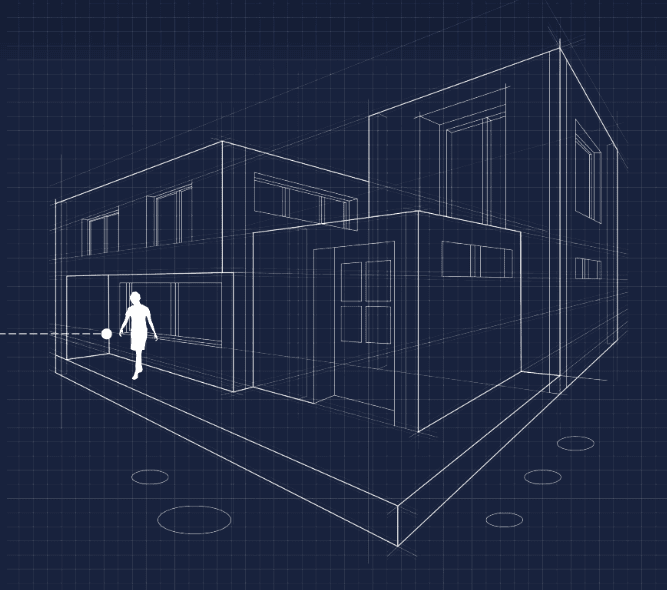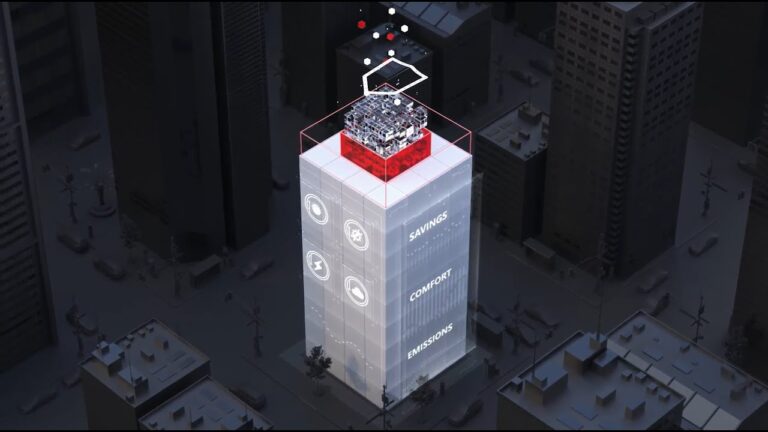Smart Indoor Management System

Problem Addressed
According to Elemental, there are around 1.5 million commercial buildings in the UK that account for one-third of emissions, making reducing their carbon emission a top priority for the UK to meet its 2050 net-zero target and carbon budgets (UK Heat and Buildings Strategy 2021). Heating and Ventilation (HVAC) accounts for 40% of the energy use in commercial buildings (environment.gov.au).
Smart building automation is recognised as a key enabling technology for tackling the energy waste in buildings (UK Heat and Buildings Strategy 2021). Detailed and real-time monitoring of the occupancy status is the corner stone of building automation services. DIREK provide a scalable and cost-effective solution for accurate, privacy aware monitoring of building utilisation.
Case Study
DIREK has deployed SIMS at Hilson Moran’s (HM) offices in London and Farnborough, with an overall 5,300 Sq.ft. area covered for occupancy monitoring.
Before SIMS deployment, HM created an occupancy baseline based on building design assumptions. The baseline is used to validate the impact of using SIMS for managing the ventilation system. SIMS offers a dashboard analytics panel that shows real-time information about the occupancy level and activity of the occupants inside the building and users can export daily, weekly and monthly reports.
The primary objectives of this study were as follows:
Energy Optimisation: HM is interested in capturing the patterns of their occupancy level in different parts of the building to be used to validate the baseline occupancy model that was considered in building design and is used for the implementation of the ventilation and heating systems. Post study validation by HM’s team shows that up to 30% reduction in energy consumption is achievable when ventilation rate is aligned with number of occupants.
Building Utilisation: DIREK identified a need for a solution that determines under-utilised spaces through time to be used in other ways to enhance occupants’ productivity. In addition, automated meeting rooms booking system and enabling hot-desking towards hybrid working schemes, using a real-time solution saves time and results in better employee satisfaction. Initial analysis shows 10-15% reduction in space can be made without geoperdising employees wellbeing. This is equivalent to £30-40K saving in rental cost for HM London office.
Health and Safety: With the outbreak of COVID-19, HM started to look for a solution to monitor the social distancing and congestion levels indoors, to reduce the transmission risk of viral infections. The SIMS dashboard provides a heatmap based on congestion level of the indoor area and infection risk. HM employees can now monitor the status of the building before selecting their desks and simply avoid crowded areas. SIMS platform determines the risk level of each zone and is capable to send relevant notification to users to avoid those regions and sanitise before using them.
Facts and Figures
This page presents data, evidence, and solutions that are provided by our partners and members and should therefore not be attributed to UKGBC. While we showcase these solutions for inspiration, to build consensus, and create momentum for climate action, UKGBC does not offer commercial endorsement of individual solutions. If you would like to quote something from this page, or more information, please contact our Communications team at media@ukgbc.org.
Related
Lighting control software

Smart Building Optimisation Services

Improved monitoring and collaboration for property teams

Autonomous AI HVAC optimisation

